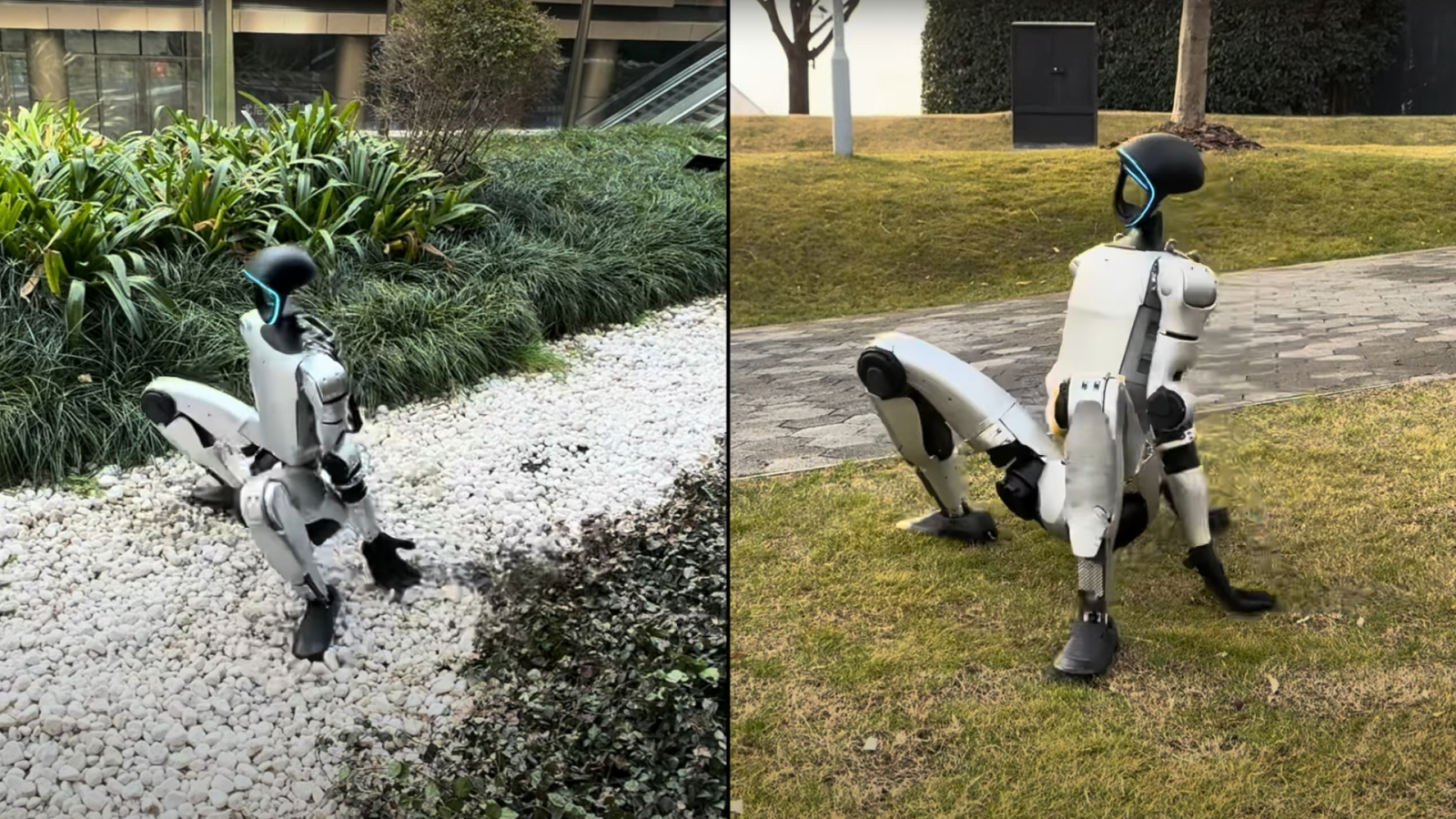When you buy through connection on our site , we may earn an affiliate commission . Here ’s how it work .
If you thought cookbook apps and convection ovens were eminent tech , check out these ideas for kitchens that are able-bodied to catch people ’s mistakes and teach them to make . TheNew Scientist has gathereda few groups ' research into augment reality kitchens that overlie instruction and " cut here " lines on food as people ready meals .
Computer scientists from Kyoto Sangyo University in Japan have put together a demo kitchen that senses when somebody lays a Pisces the Fishes down on the heel counter and is able to find the fish ’s outline and orientation . Then ceiling - mounted projectors beam down a virtual cut line and knife while a speech bubble appear from the Pisces ’s mouth , give dance step - by - step instructions on how to filet it .

An augmented reality game that gets people to cook, as envisioned in the short fiction video “Sight.” A recent New Scientist article rounded up research into augmented reality kitchens.
The frame-up also works for onions , but nothing else yet . The researchers must programme in each nutrient preparation proficiency manually , so build up the organization ’s library is dumb , lead researcher Yu Suzuki told the New Scientist . He and his confrere be after to automatize the instructions in the future , he say .
In other research efforts , Newcastle University scientists in the U.K. create a kitchen programme that teaches users to verbalize French while they fudge . And University of Washington scientists created a kitchen that tracks multitude ’s mixing and chopping . They hope in the hereafter their system will be able to catch mistakes , such as add the awry ingredient into a mingle roll , lead scientist Jinna Lei order .
need to see what an augmented reality kitchen might wait like ? The New Scientist has posted a photo from the Kyoto Sangyo work . We also saw an augmented reality , gamified cookery program in adystopian short videowe witness in the beginning this month .

Source : New Scientist

















